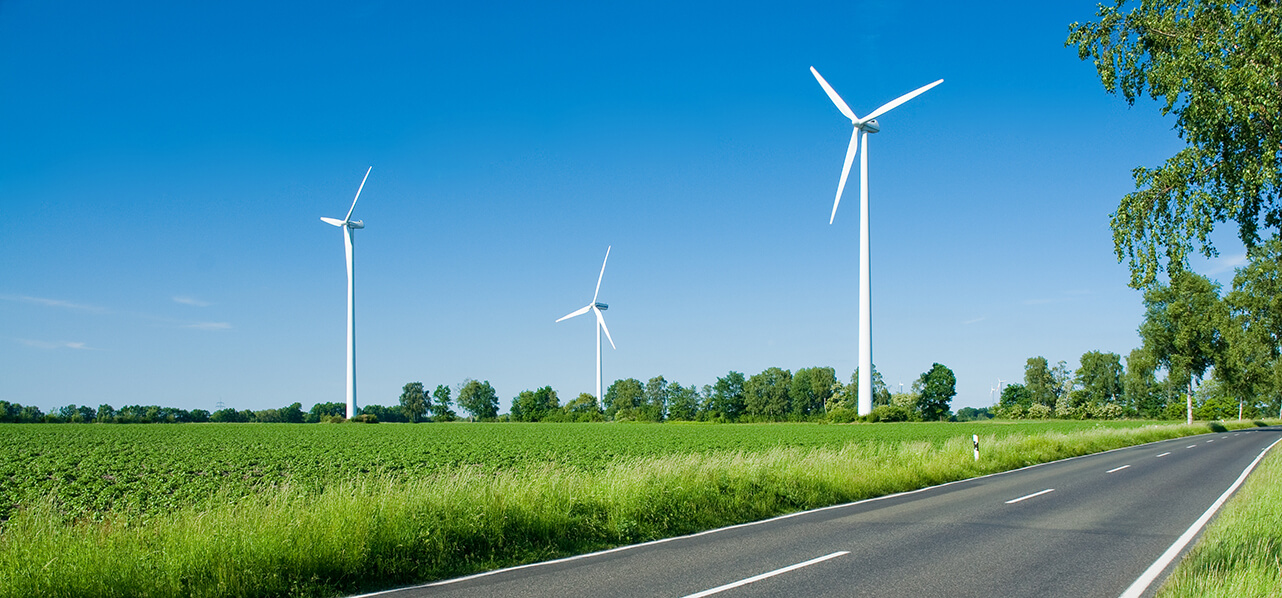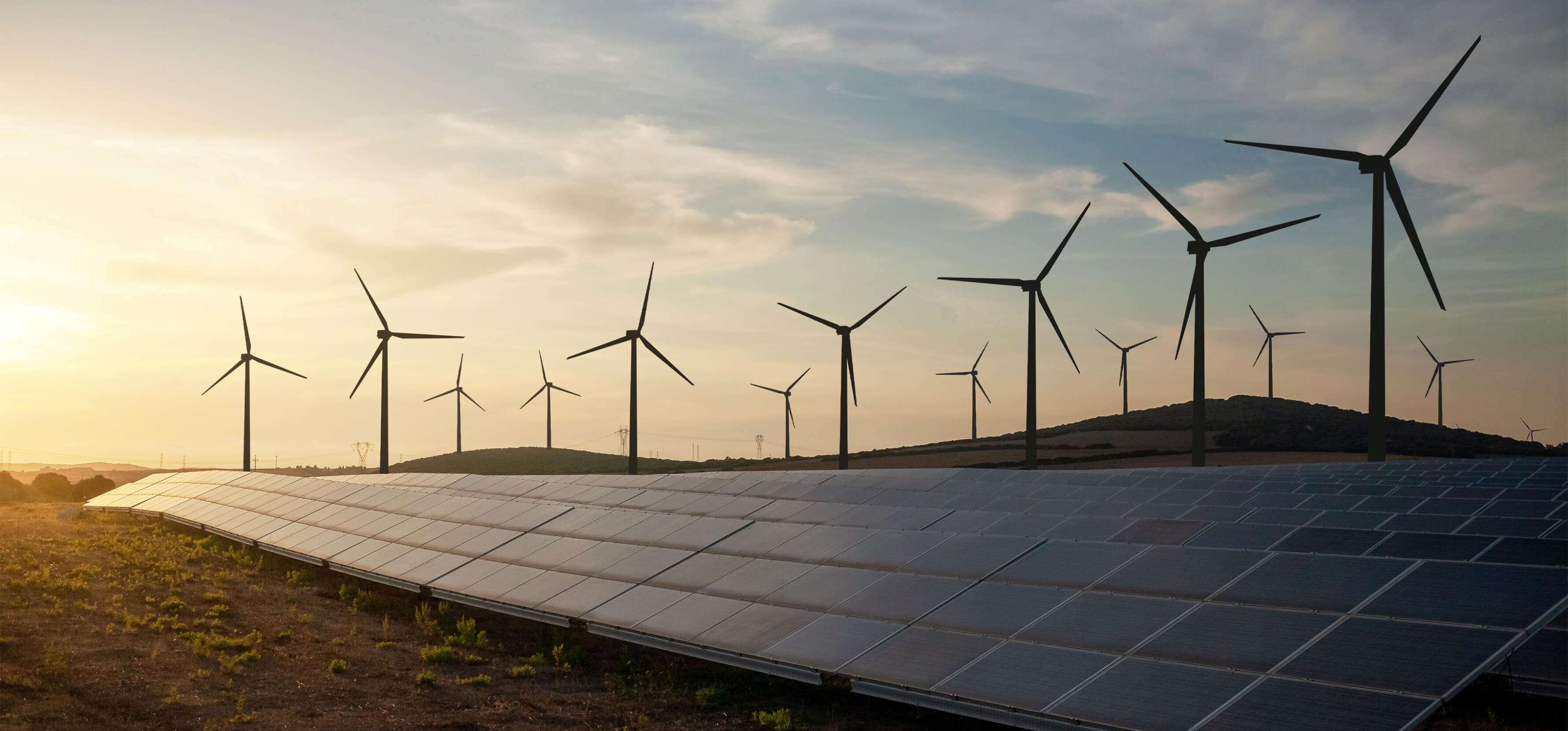Partner Hamburg
"All energy produced and used in Germany (including in its exclusive economic zone) shall be free of greenhouse gas emissions by 2050."
1. Changes to statutory targets
a) Greenhouse gas neutrality by 2050
For the first time, the EEG 2021 includes a statutory aim of achieving “greenhouse gas neutrality”. All energy produced and used in Germany (including in its exclusive economic zone) shall be free of greenhouse gas emissions by 2050.
b) Share of renewable energy in Germany’s gross energy consumption
The Government Draft further provides that the share of renewable energy in Germany’s gross energy consumption shall reach 65% by 2030. In light of the aforementioned 2050 greenhouse gas neutrality target, the Government Draft no longer contains renewable energy targets for 2050.
2. Changes to auction proceedings
To achieve the statutory targets, the Government Draft provides for revised capacity volumes to be auctioned. As a matter of principle, volumes are increased from the volumes currently set out in the EEG 2017.
The Government Draft sets out new rules for PV installations: for PV installed on buildings, the threshold above which participating in the auction system is mandatory will be lowered from 750 to 500 kW. For open space PV plants, however, the threshold remains at 750 kW.
In addition, the Government Draft changes maximum bid sizes: the maximum bid size will be set at 20 MW. This doubles the current size for open space PV plants. However, this 20 MW limit will apply to all PV installations.
3. More locations for renewable energy plants
In order to facilitate the increased renewable energy targets, the Government Draft provides rules that may make additional locations viable for renewable energy plants.
a) Open space PV
For open space PV plants, the area bordering German motorways and railway tracks in which PV plants may be constructed and participate in auctions will be increased from 110 to 200 meters.
"In the years 2021-2023, at least 15% of the onshore wind auction volume shall be awarded to southern German regions, the said percentage to increase to 20% from 2024 onwards."
b) Onshore wind
The Government Draft introduces a correction factor that should make the construction of onshore wind plants economically viable at locations with a lower wind yield. The lower energy production at such sites will (at least partially) be compensated by a new correction factor of 1.35 for locations with a 60% wind yield. It is likely that this will only partially compensate for the lower energy production, but it aims at making locations with low development costs competitive at auction despite their lower wind yield.
4. Facilitation of renewables expansion specifically in Southern Germany
To limit the effects of existing grid bottlenecks in central Germany (the catchword here is “redispatch”), the Government Draft provides specific quota (“Southern Quota”) for onshore wind and biomass expansion in southern German regions, namely Bavaria, Baden-Wuerttemberg, Saarland, and parts of Hesse and Rhineland-Palatinate. In the years 2021-2023, at least 15% of the onshore wind auction volume shall be awarded to these regions, the said percentage to increase to 20% from 2024 onwards. For biomass, the Southern Quota will even be 50%. In addition, special auction rules will apply for biomethane plants in these southern regions, which will include, inter alia, a special maximum bid value of 19.0 ct/kWh, which will decrease annually by 1% compared to the previous year’s amount.
5. Easing of construction deadlines
Due to frequent third-party objections and court claims against permits under the Imissions Control Act for onshore wind and biomass plants, the Government Draft intends to ease the current construction deadlines.
a) Onshore wind
The rules regarding construction deadlines for onshore wind projects, which are currently relatively strict, will be eased. The EEG 2017 currently provides that the 30 month deadline for commissioning a project after an auction award can only be extended once (without setting a time limit for such extension). The Government Draft now provides that the deadline can be extended several times. However, the maximum extension can only be 18 months in total. Noting that the current duration of objection and court claim procedures against onshore wind permits is approximately two to three years, one may question whether this maximum extension period will have the desired effect.

The Government Draft provides that wind farm operators may grant the affected municipality a share of the profits.
b) Biomass
The construction deadline for biomass plants will be extended from 24 to 36 months, with the possible extension period to be capped at 48 months (whereas currently extension by a period equal to the entire duration of the permit is permitted).
c) Geothermal energy
Geothermal plants are (and will remain) entitled to EEG remuneration without a requirement to participate in auctions. Accordingly, they are not subject to any strict construction deadline. However, the EEG sets out a payment degression in order to incentivise quick construction of projects, which is to be eased. As under the EEG 2017, an annual degression of the remuneration value is envisaged. However, the reduction will commence one year later under the EEG 2021, namely for plants commissioned from 1 January 2022 onwards. In addition, the annual reduction will be reduced from 5% to 2%.
"The Government Draft provides for an annual degression of 2% compared to the value applicable in the previous year, to apply from 1 January each year."
6. Revised maximum bid values in mandatory auctions
The Government Draft provides for revised maximum bid values in the mandatory auctions.
a) Onshore wind
The future maximum bid value for onshore wind auctions shall be set at 6.0 ct/kWh, which is a reduction by 0.2 ct/kWh compared to the value applicable in 2020 under the EEG 2017. In addition, the Government Draft provides for an annual degression of 2% compared to the value applicable in the previous year, to apply from 1 January each year. This replaces the current rule which provides for a maximum bid value determined on the basis of the highest bids that obtained awards in previous auction rounds.
b) Open space PV (“first segment” PV)
For open space PV plants, the Government Draft provides for an initial maximum bid value of 5.9 ct/kWh. As of 1 January 2022, the maximum bid value shall be the average of the highest bid that obtained an award in each of the most recent three auction rounds, increased by 8%, with the 5.9 ct/kWh maximum limit still applying.
c) PV on buildings (“second segment” PV)
For PV installations on buildings, the Government Draft provides for an initial maximum bid value of 9.0 ct/kWh. As of 1 January 2022, the maximum bid value shall again be the average of the highest bid that obtained an award in each of the most recent three auction rounds, increased by 8%, with the 9.0 ct/kWh maximum limit still applying.
7. Revenue sharing with municipalities
The Government Draft provides that wind farm operators may grant the affected municipality a share of the profits. The Draft permits granting a maximum amount of 0.2 ct/kWh to the municipality, based on the amount of electricity that is actually produced. The relevant amount may be invoiced to the grid operator at the end of the year. The grant is mainly intended to reduce local resistance to projects, thereby reducing the number of objection proceedings and court claims against permits.
"The Government Draft provides that the applicable value shall be reduced to zero if the price at the spot market is negative for one hour only."
8. Remuneration in times of negative market prices
A proposed change that is being widely discussed relates to remuneration in times of negative market prices. Under the EEG 2017, the applicable value is reduced to zero if prices at the spot market are negative for at least six consecutive hours. The Government Draft provides that the applicable value shall be reduced to zero if the price at the spot market is negative for one hour only. If this becomes law (noting it is still under discussion, and requires adoption) the new one-hour rule would only apply to plants that are first commissioned on or after 1 January 2021 or which have obtained their auction award on or after that date. Existing plants will remain subject to the current six-hour rule.
9. Compensation amount in case of redispatch
The Government Draft transposes the Renewable Energy Directive into German law regarding compensation amounts for grid operators’ redispatch measures. The change will also apply to plants first commissioned before 1 January 2021 or which have obtained their auction award before that date. Going forward, 100% of losses shall be compensated, without the 5% reduction that is currently provided for in the EEG 2017. This corresponds to current practice of most grid operators.
10. Hydrogen and the EEG surcharge
There is a controversial debate ongoing surrounding whether or not electrolysers producing green hydrogen shall be fully exempted exempt from payment of the EEG surcharge, as is envisaged by the national hydrogen strategy. The Federal Ministry for Economic Affairs would prefer to include such electrolysers in the special compensation scheme available to energy intensive companies, which would include applying the thresholds for benefiting from these rules. If this becomes law, only some of the relevant companies might benefit from the scheme.
"Renewable energy plants shall retain the right to priority feed-in into the grid after expiry of the remuneration period of 20 years (plus the remainder of the year of first commissioning)."
11. Continued operation of plants after expiry of the initial EEG remuneration period
If the final law retains the suggestions of the Government Draft, the EEG will for the first time set out rules relating to the continued operation of plants after expiry of the initial EEG remuneration period.
Renewable energy plants shall retain the right to priority feed-in into the grid after expiry of the remuneration period of 20 years (plus the remainder of the year of first commissioning). After the expiry of the initial remuneration period, plant operators shall be entitled to a remuneration in the amount of the annual market value, less a marketing fee of 0.2 ct/kWh. To obtain said remuneration, the operators of a plant must feed the entire electricity produced into the grid and make it available to the grid operator. However, the period during which such further remuneration is available after expiry of the initial EEG remuneration period is limited. Operators may obtain such further remuneration:
- until 31 December 2021 for plants with an installed capacity of more than 100 kW; and
- until 31 December 2027 for plants with an installed capacity of up to 100 kW.
Many provisions in the Government Draft are currently the subject of fierce debate between various industry associations, Federal Government and the Federal Ministry for Economic Affairs. Many market participants especially criticise the rules on remuneration in times of negative prices and consider the rules on the continued operation of installations insufficient. Further, the proposed promotion of hydrogen is also considered insufficient by many industry associations.
Key contacts
Partner Hamburg
Partner Hamburg




